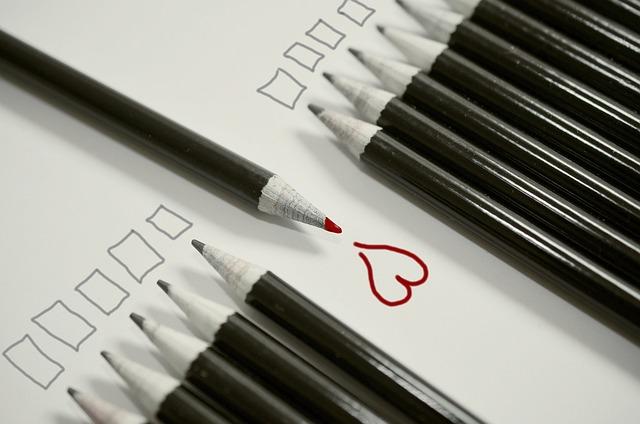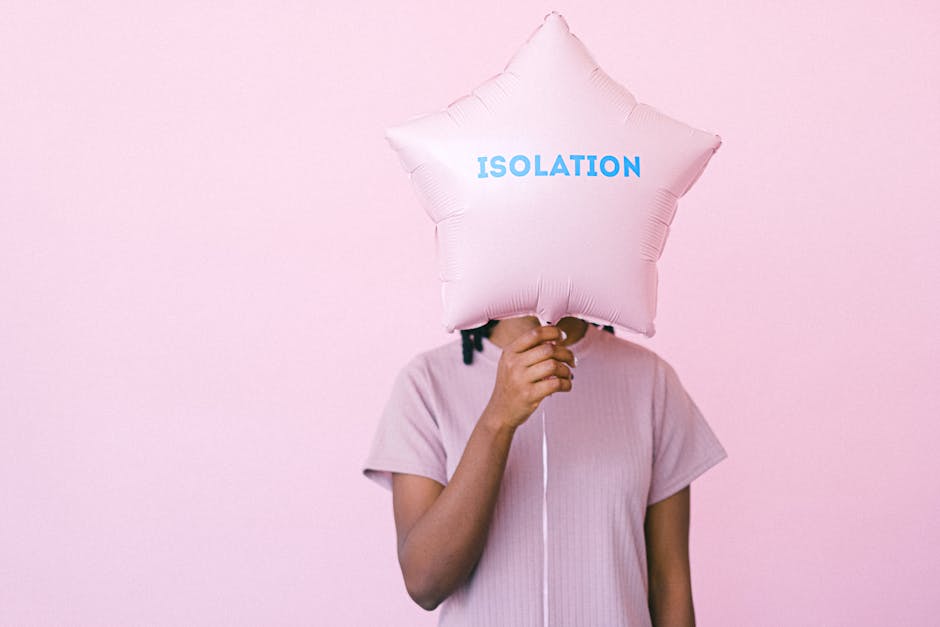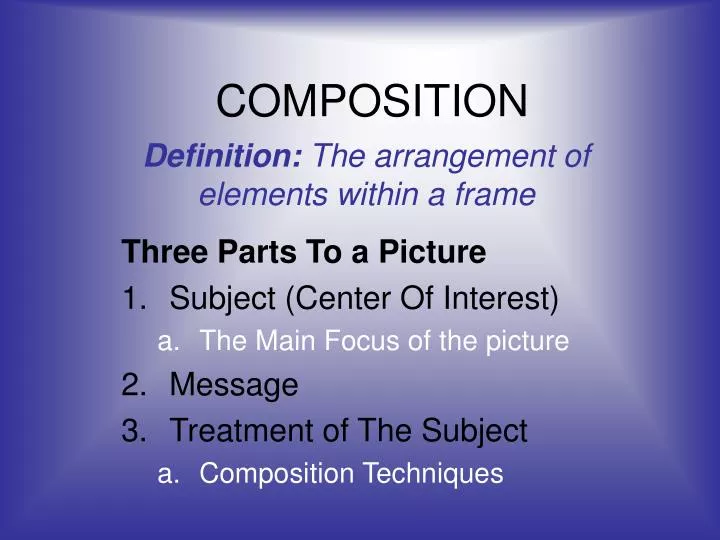
Have you ever stopped to think about the secret life of logos? Hidden behind those sleek lines and stylish fonts lies a world of stories just waiting to be told. From the birth of a brand to the evolution of its identity, the power of narrative in logo design is a force to be reckoned with. So buckle up, dear reader, as we embark on a journey to unveil the mysterious and enchanting world of logo storytelling.
The Importance of Narrative in Logo Design
When it comes to logo design, the narrative behind the design is like the secret sauce that makes it all come together. It’s what gives the logo depth, character, and meaning. Without a strong narrative, your logo is just a pretty picture without any soul. Here’s why narrative is so important in logo design:
1. Creates a connection: A logo with a good story behind it helps to create an emotional connection with your audience. People are more likely to remember and resonate with a logo that has a compelling narrative.
2. Sets you apart: In a sea of bland and generic logos, a logo with a unique narrative stands out. It gives your brand a distinct identity and helps you stand out from the competition.
3. Adds depth and meaning: A logo with a narrative adds layers of meaning and depth to your brand. It tells a story, conveys a message, and gives your brand personality.
So next time you’re designing a logo, don’t just focus on the visuals. Take some time to think about the story behind the design. It could be the difference between a forgettable logo and one that leaves a lasting impression!

How Storytelling Enhances Brand Identity
Storytelling is like the magical potion that transforms brands from boring to brilliant. By weaving tales that captivate your audience, you create a unique identity that sets you apart from the mundane sea of competitors. Here’s how storytelling works its enchanting spell:
First and foremost, storytelling humanizes your brand. Instead of being just another faceless corporation, you become a relatable character in the minds of your customers. They can root for you, laugh with you, and maybe even shed a tear or two when things get tough. It’s like turning your brand into a lovable sidekick in the grand adventure of life.
Additionally, storytelling helps establish emotional connections with your audience. Who can resist a well-crafted narrative that tugs at the heartstrings or tickles the funny bone? By tapping into the power of emotions, you can create loyal followers who will stick by your side through thick and thin. After all, everyone loves a good story, especially when it’s sprinkled with a dash of humor and drama.
Furthermore, storytelling allows you to showcase your brand’s values and beliefs in a memorable way. Instead of bombarding your audience with boring statistics and dry marketing jargon, you can paint a vivid picture of who you are and what you stand for. Whether it’s promoting sustainability, diversity, or simply spreading joy, stories give your brand a voice that resonates with your target audience. So go ahead, grab your wizard’s hat and start crafting tales that will leave a lasting impression on your customers!

Using Symbolism to Create Emotional Connections
Symbolism in writing is like adding an extra sprinkle of magic onto your story. It’s the secret ingredient that can turn a basic plotline into a rollercoaster of emotions for your readers. Think of it as the cherry on top of a sundae that makes it go from just okay to absolutely delightful.
By using symbols, you can create subtle connections between your characters and themes that will tug at your readers’ heartstrings. Maybe your hero’s scarf represents their lost innocence, or the recurring motif of a butterfly symbolizes the fleeting nature of life. These tiny details can pack a powerful emotional punch and leave your readers feeling like they’ve been hit by a truckload of feelings.
When implementing symbolism in your writing, remember that less is more. You don’t want to go overboard and drown your readers in a sea of metaphors and hidden meanings. Pick a few key symbols that really resonate with your story and characters, and sprinkle them throughout your narrative like breadcrumbs leading your readers on a journey of discovery.
So, next time you sit down to write, think about how you can use symbolism to create emotional connections with your readers. Whether it’s through a recurring image, object, or even a color, these little touches can make all the difference in turning your story from good to unforgettable. It’s time to harness the power of symbolism and take your readers on an emotional rollercoaster they won’t soon forget!

Incorporating Company Values into Logo Design
When it comes to logo design, why not let your company values shine through? It’s like hitting two birds with one stone – creating a visually appealing logo while also staying true to your organization’s core principles.
Here are a few fun ways to incorporate your company values into your logo:
- Boldness: If your company prides itself on being bold and innovative, why not use vibrant colors and edgy fonts in your logo design?
- Reliability: For companies that value dependability and trustworthiness, a strong, symmetrical design with classic fonts can help convey that message.
- Community: Show off your commitment to community involvement by incorporating elements like people holding hands or a group of diverse individuals in your logo.
Remember, your logo is often the first impression that potential customers will have of your brand. So why not make it count by infusing it with your company values? Who says you can’t have fun while also staying true to your organization’s ethos!

The Visual Elements that Convey a Compelling Narrative
When it comes to storytelling, visuals are key. They can make or break a narrative, conveying emotions, setting the mood, and immersing the audience in the world of the story. Here are some visual elements that can help create a compelling narrative:
- Color Palette: The colors used in a story can evoke certain emotions or themes. Think about the warm, vibrant colors used in a romance film versus the cool, muted tones used in a thriller.
- Composition: How the elements are arranged within a frame can influence the viewer’s perception of the story. A cluttered, chaotic composition might suggest a sense of unease or disarray, while a clean, balanced composition can convey stability and order.
- Symbolism: Using visual symbols can add layers of meaning to a story. For example, a recurring motif like a rose can represent love and beauty, while a crow might symbolize death or foreboding.
Overall, the visual elements of a narrative work together to create a rich and immersive experience for the audience. By carefully considering things like color, composition, and symbolism, storytellers can craft a visually compelling story that resonates with viewers on a deeper level.
FAQs
What is the significance of incorporating storytelling in logo design?
Storytelling in logo design is like adding a secret ingredient to a bland dish - it adds flavor, depth, and keeps people coming back for more. By weaving a compelling narrative into your logo, you’re not just creating a visual symbol - you’re creating an emotional connection with your audience.
Can you give an example of a well-known brand that effectively uses narrative in its logo design?
Absolutely! Take a look at the Nike swoosh – it’s not just a random checkmark, it’s a symbol of empowerment, movement, and victory. The logo tells the story of breaking boundaries, pushing limits, and achieving greatness – all things that resonate deeply with the brand’s audience.
How can a narrative in logo design help in brand recognition?
Think of a narrative in logo design as a catchy jingle or a memorable tagline – it’s something that sticks in people’s minds long after they’ve seen it. By telling a story through your logo, you’re creating a unique and memorable brand identity that sets you apart from the competition.
What are some tips for incorporating storytelling in logo design?
First, start by defining your brand’s unique story and values. Then, think about how you can visually represent those elements in your logo - whether it’s through color choices, typography, or symbolism. And remember, simplicity is key! A good story doesn’t need to be complicated - it just needs to be captivating.
Does the size of a company matter when it comes to incorporating narrative in logo design?
Not at all! Whether you’re a small startup or a global corporation, storytelling in logo design is a powerful tool that can benefit any business. In fact, for smaller companies looking to make a big impact, a compelling narrative in their logo can be a game-changer. Size doesn’t matter when it comes to creativity and storytelling!
So, what’s your story?
Now that you’ve learned how narrative can breathe life into a logo design, it’s time to dig deep and uncover the unique story behind your brand. Whether it’s a tale of triumph over adversity or a quirky anecdote about how your company got its start, let your logo reflect the essence of who you are. After all, a picture is worth a thousand words, but a well-crafted logo can tell a whole novel. So go forth and unleash the power of narrative in your logo design—it’s time to make your brand’s story one for the books!











